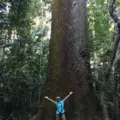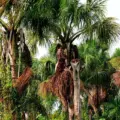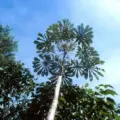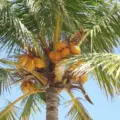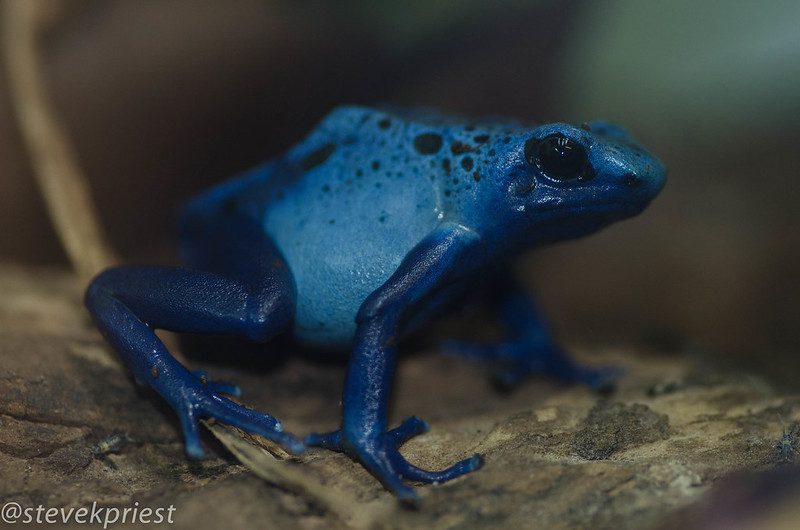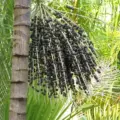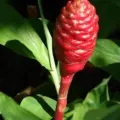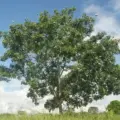🌳 Balsa Tree (Ochroma pyramidale): Nature’s Lightweight Giant of the Tropics
The Balsa Tree (Ochroma pyramidale) is one of the most extraordinary and underrated trees of the tropical rainforest. Known for its incredibly light wood and rapid growth, the Balsa Tree has become an essential resource for many industries—from eco-friendly crafts to aerospace technology. But beyond its economic value, the Balsa Tree plays a unique and fascinating role in the Amazonian ecosystem.
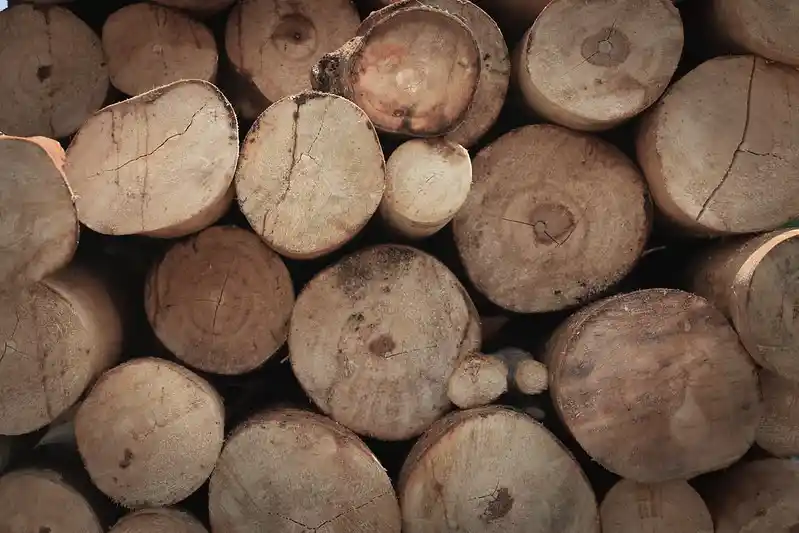
In this in-depth article, we’ll explore everything there is to know about the Balsa Tree, including its growth habits, ecological importance, cultural uses, and even some surprising modern innovations. Whether you’re a nature lover, a curious traveler, or an environmental enthusiast, this guide will introduce you to a tree that stands tall—without weighing much at all! 🌿
🌱 What is the Balsa Tree? – Basic Overview
The Balsa Tree, scientifically known as Ochroma pyramidale, is a fast-growing deciduous tree native to tropical regions of the Americas, particularly Central and South America. It belongs to the mallow family (Malvaceae) and thrives in moist, lowland tropical forests, often sprouting in clearings or disturbed areas where sunlight is abundant.
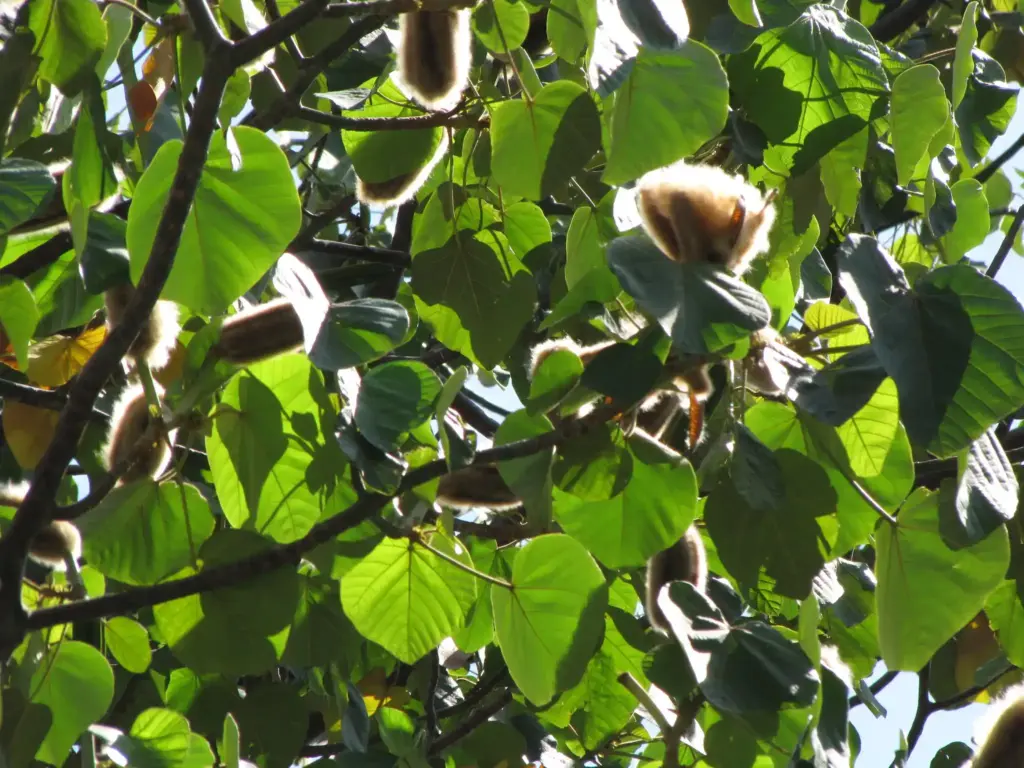
This tree can grow up to 30 meters (about 98 feet) in height, but what truly sets it apart is the astonishing lightness of its wood. Balsa wood is one of the lightest commercial timbers in the world, with a density lower than cork. Despite its featherweight quality, it has a remarkable strength-to-weight ratio, making it highly valuable for many applications.
- 🌿 Scientific name: Ochroma pyramidale
- 🌿 Native range: Tropical Americas
- 🌿 Growth rate: Extremely fast; reaches maturity in 6–10 years
- 🌿 Wood density: As low as 0.1–0.2 g/cm³
🌳 Growth Characteristics and Life Cycle of the Balsa Tree
Rapid Growth and Short Lifespan
The Balsa Tree is a classic example of a “pioneer species.” It quickly colonizes disturbed areas, such as landslides, abandoned farms, or logging clearings. Thanks to its high photosynthetic rate and minimal requirements for soil fertility, it can shoot up several meters per year, often reaching full height in less than a decade.
However, this fast-paced life comes with a trade-off: the Balsa Tree has a relatively short lifespan, rarely living more than 30–40 years. As it matures, its growth slows, and it becomes more susceptible to pests and rot. Eventually, other hardwoods take over the canopy space it once occupied.
Unique Trunk and Root System
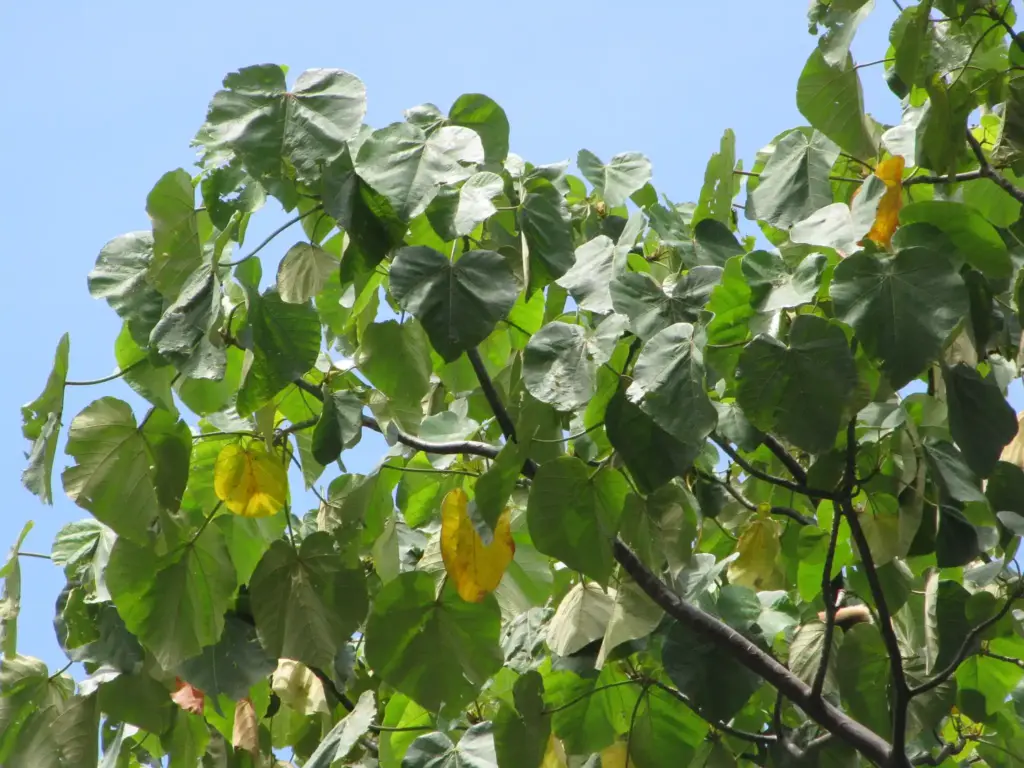
The Balsa’s trunk is tall, straight, and cylindrical—ideal for maximizing sunlight exposure. In early stages, it often forms large, deeply ridged buttress roots for stabilization, especially in swampy or unstable soils.
These trees often develop soft, fibrous wood even in their trunks, making them unusually light for their size. This adaptation helps them grow fast, though it makes them more vulnerable to strong winds and decay later in life.
🍃 Ecological Role of the Balsa Tree
Keystone Species for Pollinators and Wildlife
The Balsa Tree is more than just a source of wood—it is a key component of rainforest ecosystems. Its large, white flowers produce copious amounts of nectar and bloom at night, attracting a wide range of pollinators, particularly bats and moths. These animals play a crucial role in maintaining genetic diversity across the forest.
In addition, the tree’s hollow branches and light structure often provide temporary shelter for birds, insects, and small mammals. Leaf litter from the Balsa Tree enriches the soil, helping future forest regeneration.
Rainforest Regeneration Champion
After a disturbance, the Balsa Tree acts as a regenerative pioneer. It stabilizes the soil, reduces erosion, and prepares the ground for slower-growing hardwoods and diverse undergrowth. Without trees like the Balsa, many deforested or degraded areas would struggle to recover.
🪵 Balsa Wood: The Lightest Timber on Earth
Physical Properties and Structure
Balsa wood is so light that it can float even when waterlogged. Its open-cell structure resembles a sponge, providing both buoyancy and insulating qualities. This makes it ideal for applications where weight reduction is critical.
The wood is also soft and easy to cut, shape, or carve, allowing for precision craftsmanship. However, because of its softness, it’s typically not used for structural applications unless treated or laminated with other materials.
Industrial and Commercial Uses
The versatility of balsa wood is legendary. Here are some of its most popular uses:
- 🛩️ Aerospace and aviation: Used in model airplanes and even lightweight structural panels in aircraft
- ⛵ Boats and surfboards: Lightweight and buoyant core material in fiberglass construction
- 🎨 Crafts and model-making: A favorite for artists, students, and engineers
- 🌬️ Wind turbines: Used in the blades for its rigidity and low weight
- 📦 Insulation and packaging: Natural shock absorption and insulation properties
🧬 Sustainability and Conservation of Balsa Trees
Harvesting Practices and Replanting
Because Balsa Trees grow so quickly, they are relatively sustainable compared to many slow-growing hardwoods. Most balsa plantations operate on a 6–10 year cycle, with new trees planted immediately after harvesting.
In some regions, however, overharvesting and poor management practices—especially in biodiverse areas like the Amazon—have raised concerns. When Balsa Trees are extracted from wild forests rather than managed plantations, it can disrupt local ecosystems and indigenous communities.
Balancing Industry and Ecology
Efforts are underway to promote sustainable balsa farming through agroforestry and mixed-use plantations. These systems mimic natural forest dynamics while providing economic value, ensuring that Balsa Trees continue to benefit both humans and the environment.
Eco-certifications and community-based forestry projects are becoming more common, helping to protect both tropical forests and livelihoods.
🌍 Cultural and Indigenous Uses of the Balsa Tree
Traditional Knowledge and Daily Uses
For many indigenous communities in the Amazon Basin and Central America, the Balsa Tree has long held practical value. Lightweight canoes are often carved from large trunks, while wood shavings are used as kindling and insulation in homes.
Its inner bark has also been used in some cultures for crafting lightweight floats for fishing nets or even basic construction tools. The tree’s flowers and bark occasionally feature in traditional medicine and spiritual ceremonies.
Symbol of Adaptability and Transformation
In native folklore, the Balsa Tree is often seen as a symbol of growth, change, and adaptability—reflecting how it springs to life in empty land and prepares the way for more complex ecosystems to emerge.
💡 Fascinating Facts and Modern Innovations
From the Jungle to Outer Space
Believe it or not, balsa wood has been used in aerospace technology. Some lightweight probes and instruments include balsa as part of their insulation systems due to its heat resistance and lightness. NASA has even experimented with balsa-core composites!
Balsa in Art, Education, and Sustainability
Many schools and universities around the world use balsa for educational models—bridges, towers, and even architectural prototypes. Because of its ease of use, it encourages creativity, problem-solving, and innovation among students and makers.
Some companies are even developing balsa-based biodegradable packaging to replace harmful plastics, highlighting the tree’s potential in a circular, eco-conscious economy.
🌿 Challenges Facing the Balsa Tree Today
Threats from Illegal Logging and Market Booms
In recent years, demand for balsa—particularly for wind turbines—has spiked globally. This demand has led to unsustainable harvesting, especially in remote Amazon regions. Some forests have been cleared indiscriminately, affecting biodiversity and indigenous communities.
Improper management can also reduce soil fertility, increase erosion, and eliminate critical wildlife habitat. Fortunately, awareness campaigns and better regulation are starting to address these challenges.
Climate Change and Forest Resilience
Like many tropical trees, the Balsa Tree is vulnerable to shifts in rainfall patterns and rising temperatures. Droughts, storms, and changing soil chemistry may affect its rapid growth and survival.
Research into climate-resilient reforestation practices is increasingly focused on fast-growing species like the Balsa Tree, which can help jumpstart regeneration in degraded lands and provide quick carbon sequestration benefits.
🌟 Why the Balsa Tree Matters More Than Ever
In a world seeking sustainable, renewable, and lightweight materials, the Balsa Tree stands out as a model of natural ingenuity. Its wood is not only functional but also environmentally friendly when managed correctly. It supports ecosystems, wildlife, and communities, all while offering a wide range of industrial uses.
As we move toward more conscious consumption and eco-aware development, embracing trees like the Balsa can be part of the solution. From wind energy to traditional canoes, from school science fairs to outer space, the Balsa Tree continues to prove that even the lightest things can carry great importance.
🌱 Final Thoughts: Light Wood, Heavy Impact
The Balsa Tree (Ochroma pyramidale) is one of nature’s marvels—light in form but heavy in significance. Its story reflects the intricate balance between ecology, economy, and culture in the tropical world.
Whether you’re admiring its flowers in the jungle, shaping a model airplane in your workshop, or riding a balsa-core surfboard, take a moment to appreciate the ingenuity behind this gentle tropical giant. 🌳💚
Looking to learn more about tropical trees, rainforest ecology, or sustainable resources? Keep exploring our blog for deep dives into the wonders of the Amazon and beyond!


